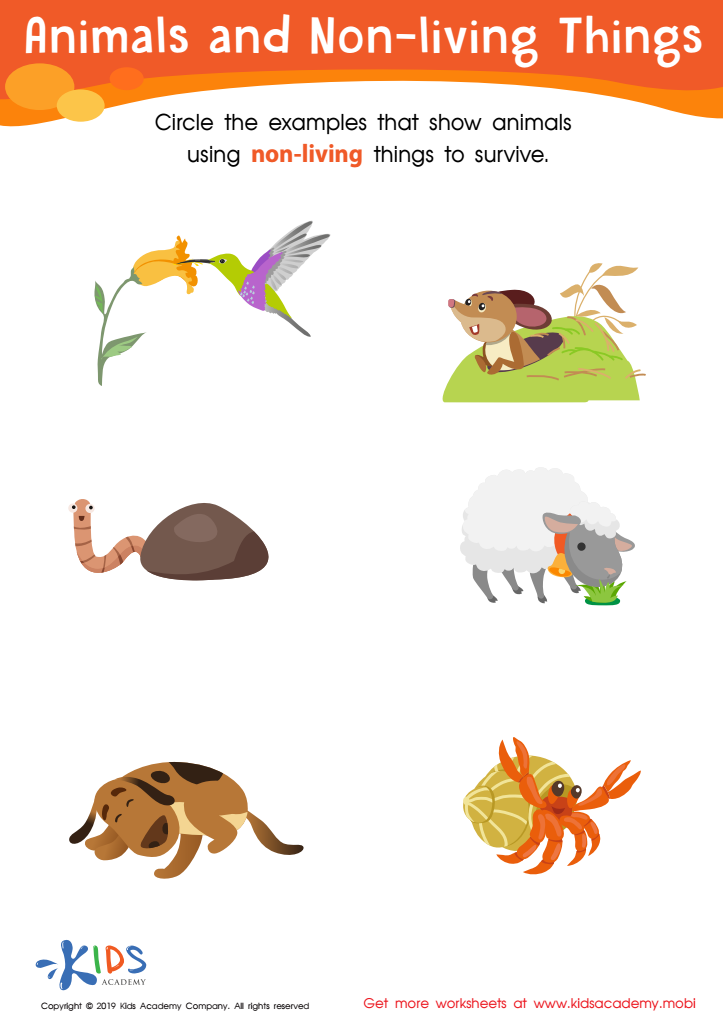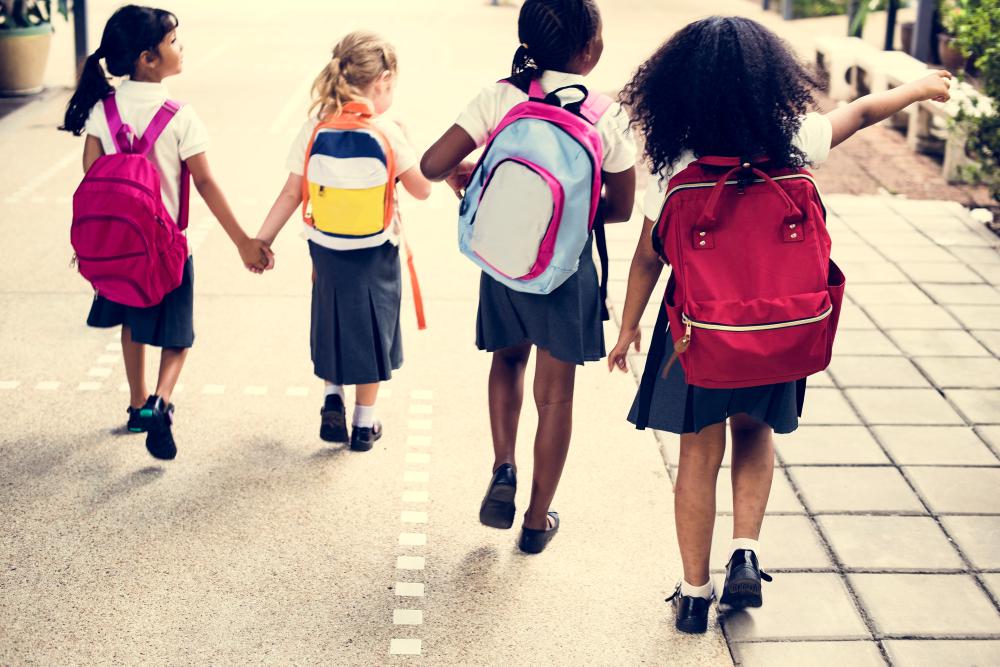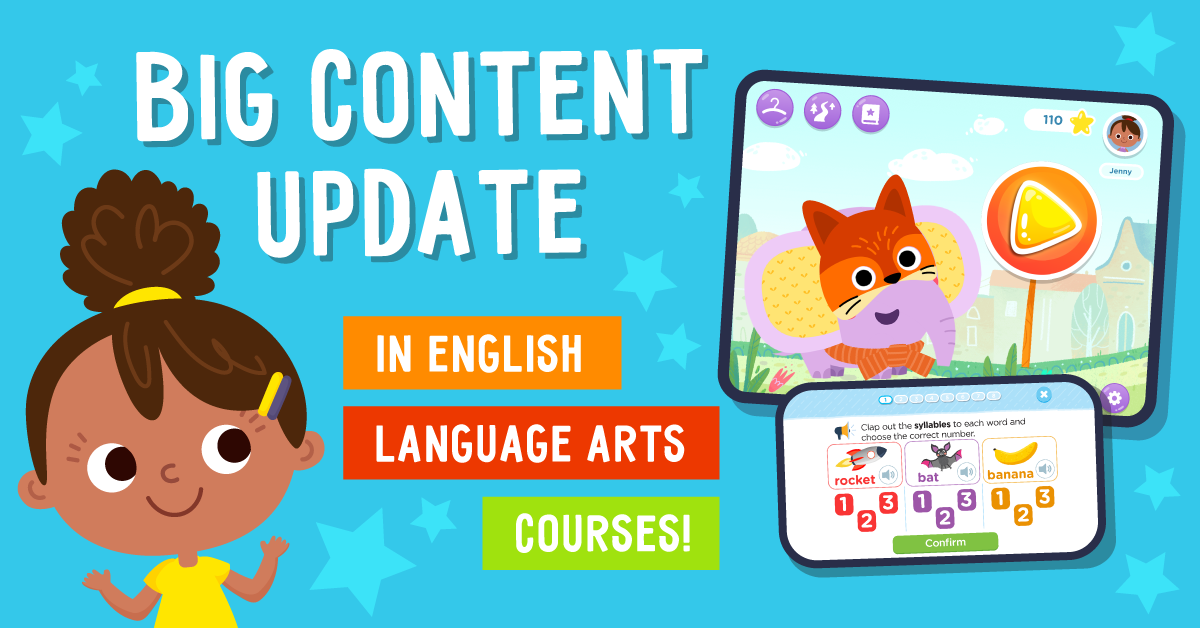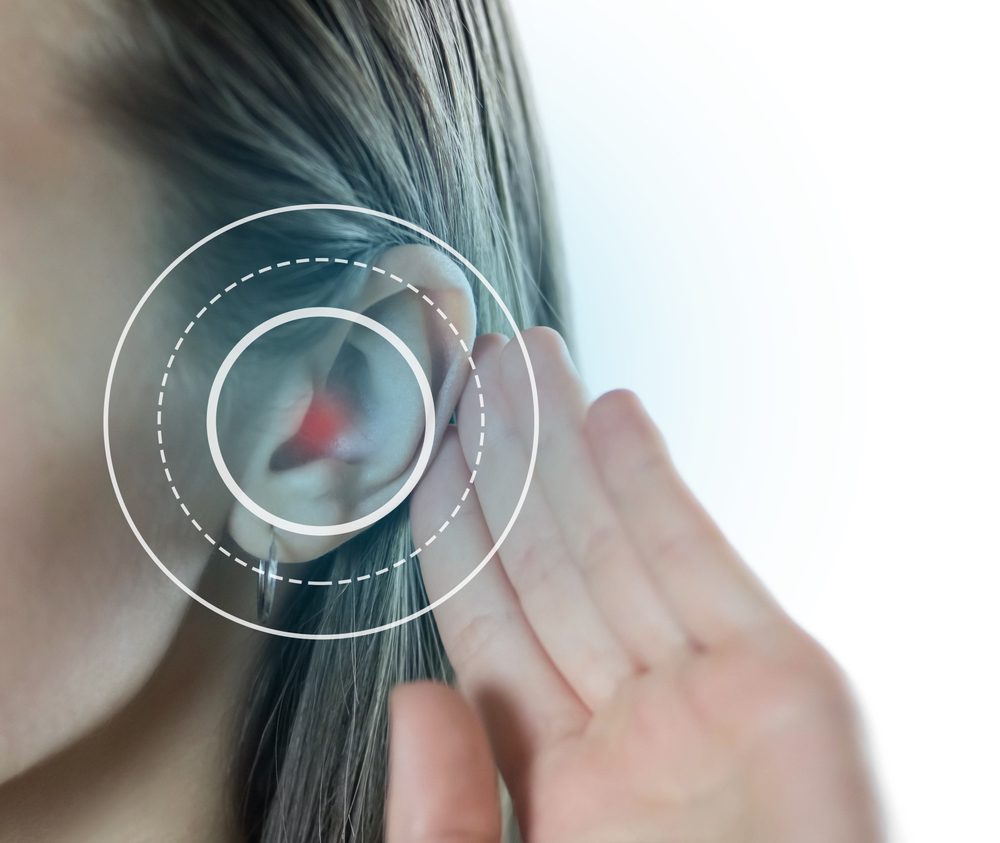Understanding living/non-living Worksheets for Kids
1 filtered results
-
From - To


Animals and Non-Living Things Worksheet
Question/Answer
Why is the Understanding living/non-living skill important for Kindergarten students?
The Understanding living/non-living skill is important for Kindergarten students because it lays the groundwork for scientific thinking, helping them categorize the world around them. This distinction enhances their observation skills, encourages curiosity about nature and biology, and forms a basic understanding of ecosystems. It also supports early critical thinking and reasoning abilities, which are foundational for their future learning.
How to train the Understanding living/non-living skill in Kindergarten students learning about Plants and Animals?
To train the understanding of living/non-living in Kindergarten, engage students in activities where they classify objects, plants, and animals based on characteristics of life such as growth, movement, breathing, and reproduction. Use hands-on experiments, like growing plants or observing animals, and interactive games to reinforce the concept, making learning both engaging and educational.
What does the Understanding living/non-living skill mean when it comes to Kindergarten Plants and Animals learning?
The Understanding living/non-living skill in Kindergarten Plants and Animals learning involves teaching children to differentiate between things that are alive, like plants and animals, which grow, reproduce, and need food and water, from those that are not, like rocks, water, and man-made objects, which do not grow, reproduce, or need sustenance.
 Assign to the classroom
Assign to the classroom












